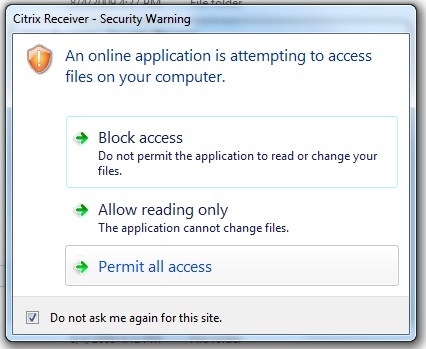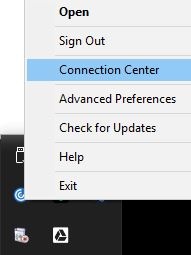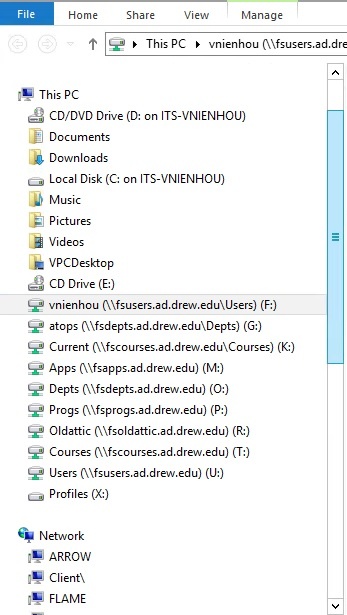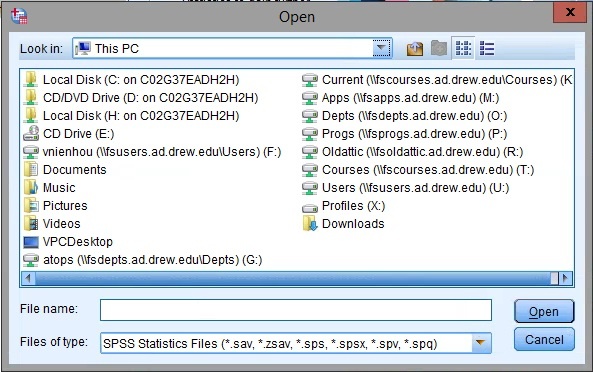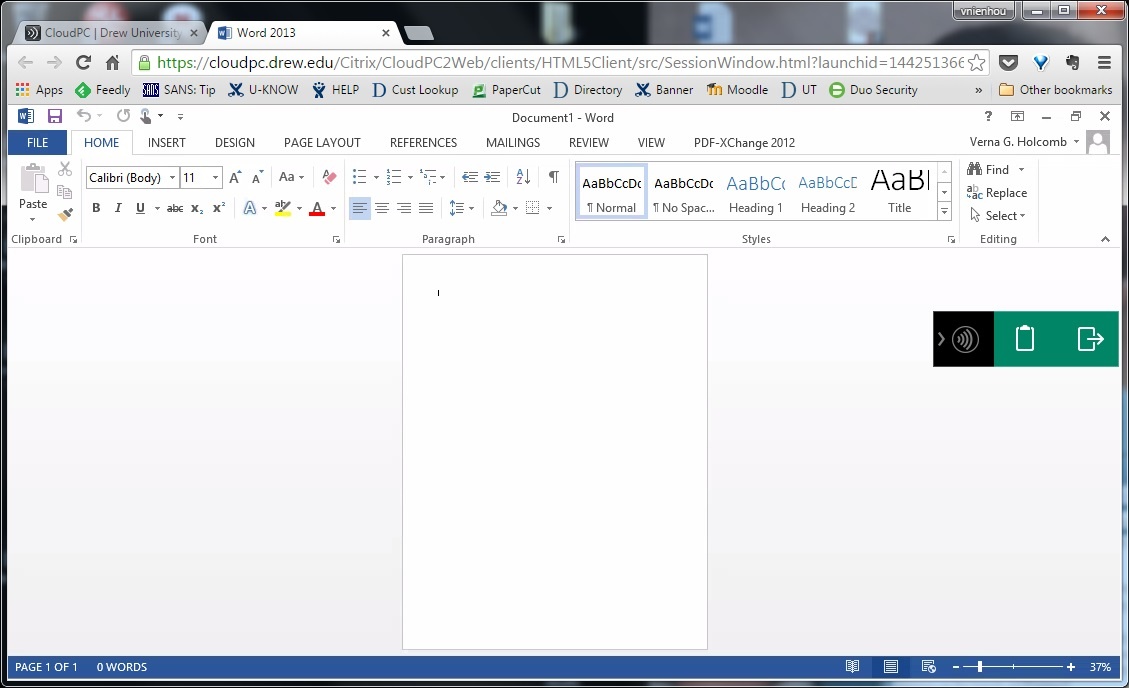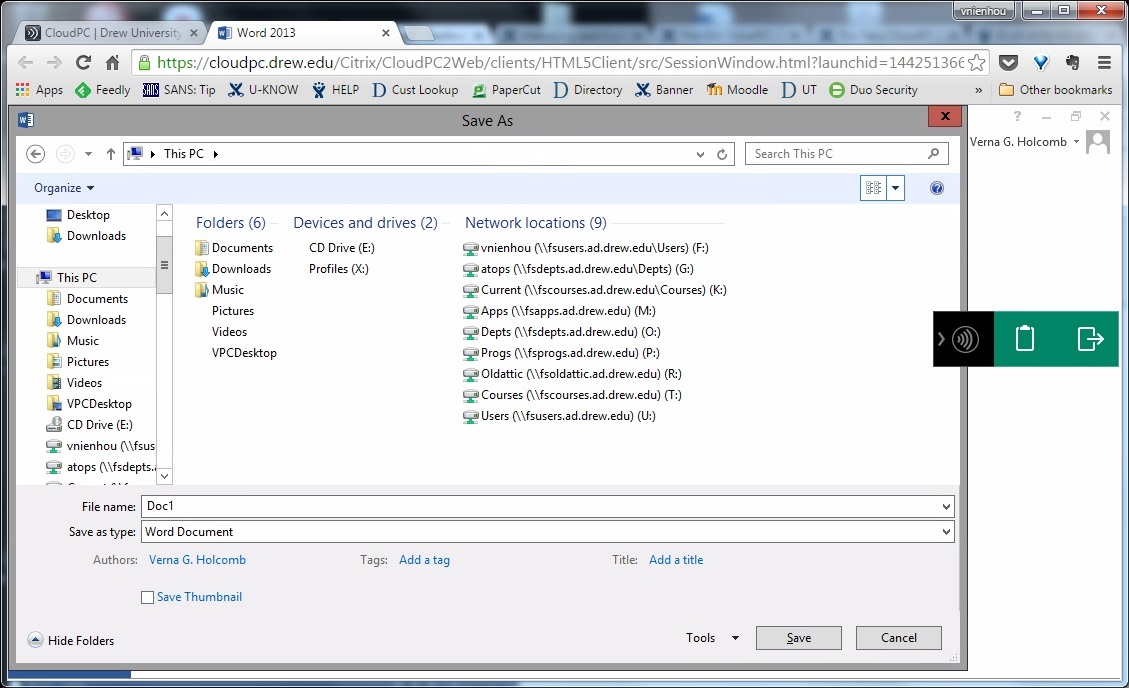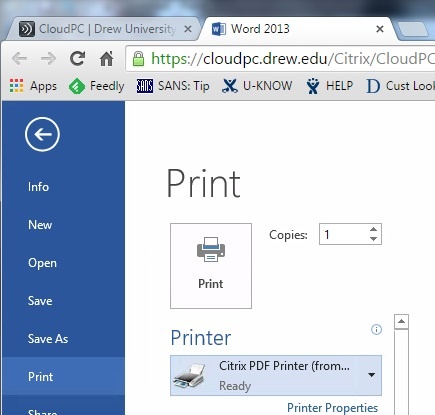Using CloudPC with the Citrix Receiver
The Citrix Receiver has been tested successfully in Firefox, Internet Explorer, Opera and Safari. Please see Setting Up the Citrix Receiver for CloudPC for instructions on getting set up.
In Chrome - including on a Chromebook - you will be using CloudPC with the HTML5 client. See below for more information on the HTML5 client.
Connecting to Your Local and Network Drives
When you connect to a CloudPC session with the Citrix Receiver, the options you have to save or open files will look a bit different than those available to you on your local machine.
The first time you try to access your drives, you will be asked if the Citrix Receiver has permission to access your files.
Windows
Mac
Printing from CloudPC
When you open a CloudPC session using the Citrix Receiver, CloudPC automatically creates the printers installed locally. This means you can print from a CloudPC application the same way you are accustomed to printing from any software application installed on your computer.
Using CloudPC with the HTML5 Client
The Chrome browser does not currently support the Citrix Receiver plugin. Instead, it runs CloudPC applications within the browser using the HTML5 client.
Much of the functionality is the same, but the presentation will be different (as you will see the application within the browser, rather than in its own seamless window).
You will be able access your network drives and the virtual PC desktop, but not your local hard drive.
You can print to the Citrix PDF printer (essentially saving as a PDF), but you cannot print to your local printer(s).
If you wish to print something from a CloudPC session you are running in Chrome, and using a different browser is not an option (such as on a Chromebook), we suggest you save what you wish to print as a PDF to your F: drive. You can then open myfiles.drew.edu (instructions for using MyFiles) and view and print the PDF to your local printer.
